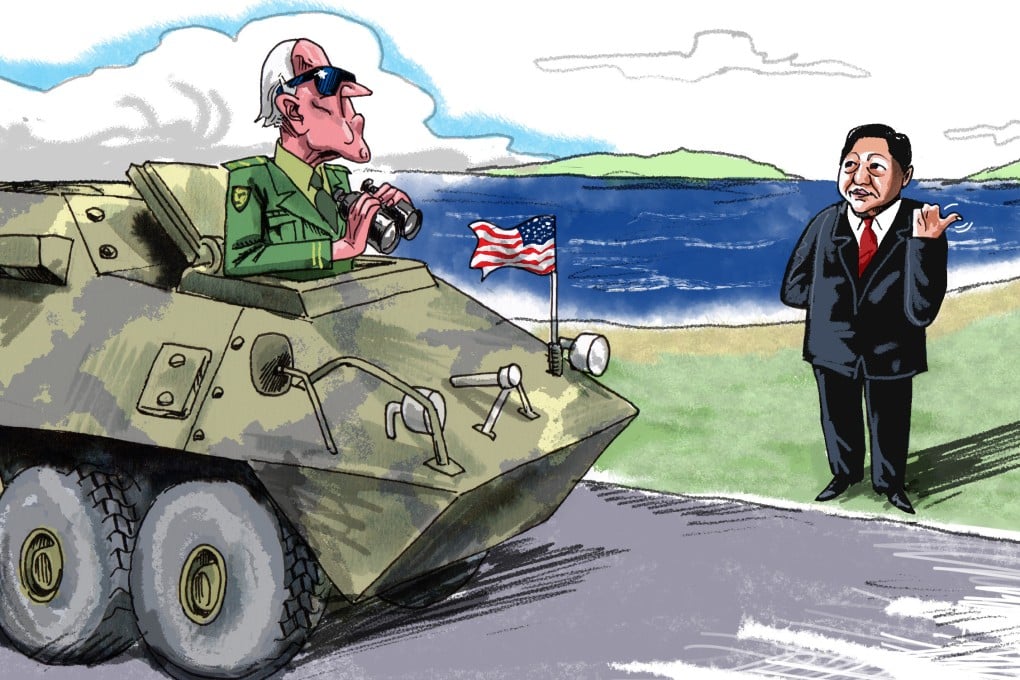Opinion | Under Marcos, the Philippines and US draw closer amid rising Taiwan tensions
- The Biden administration’s embrace of Marcos reflects the growing importance of the Philippines in the US’ regional strategy, particularly for Taiwan
- While maintaining neutrality on the Taiwan issue, the Philippines has indicated it will allow US forces access to its northern bases should war break out

Despite positioning himself as a patron of democratic values, Biden visibly soft-pedalled human rights issues when he met Marcos – whose family has faced court cases in the US over allegations of corruption and human rights abuses. Biden told Marcos that “we want to talk about human rights”, before quickly adding: “But I’m mainly interested to know what’s on your mind and how we can continue to strengthen this relationship.”
The Biden administration’s embrace of Marcos reflects the growing importance of the Philippines in the United States’ regional strategy, particularly for Taiwan. To this end, the two sides are strengthening their alliance in preparation for contingencies in the region.
During the presidential race, Marcos presented himself as the continuity candidate who would maintain Duterte’s Beijing-friendly strategic orientation.
Yet, Marcos’ first major diplomatic moves signalled a significant shift in favour of traditional Western partners. He reconsidered an earlier offer to make Vice-President Sara Duterte his defence secretary, instead appointing veterans as his defence and foreign policy chiefs.
